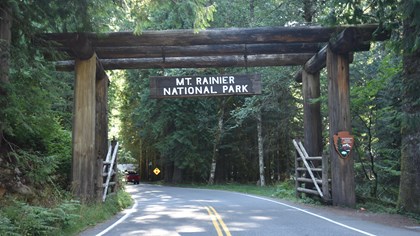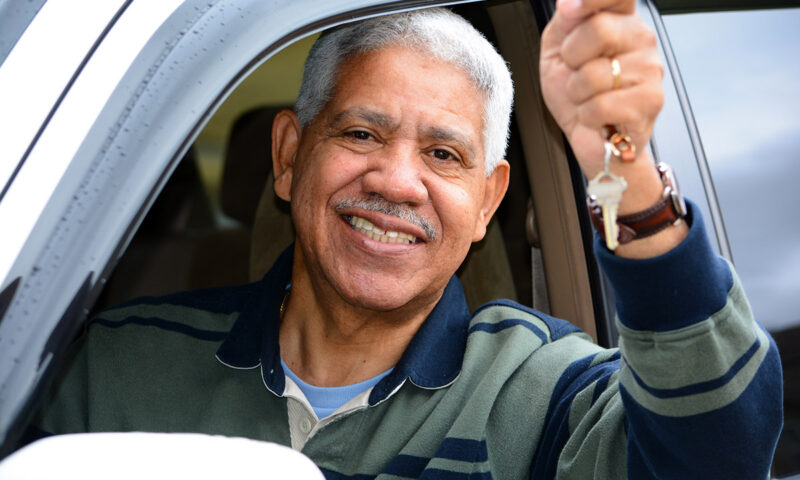The Mustard Seed Village is unique in several ways. It’s the first assisted-living and memory care home on the Key Peninsula, it’s modeled on the Green House Project, and it is owned by a non-profit organization.
The Green House model emphasizes a feeling of living at home, as opposed to most facilities, where things are done based upon an institutional structure. Each elder in residence will have the opportunity to give input about how their home operates to ensure they continue to feel valued.
Mustard Seed Village is a 30-suite longhouse divided into three, 10-suite homes. Two of the homes are for assisted living and one is for memory care. Each suite opens onto a great room which includes a living area with a beautiful fireplace, family-style dining table, and an open, full kitchen. Each common area features art by local artists and photographs contributed by the local historical society.
Meals are prepared from scratch using fresh ingredients, and resident elders can help with preparation and cooking if they wish.
A spa room with a jetted tub, beauty salon station, and massage table rounds out that luxury feeling.
Phase II landscaping will be in full swing this spring with the installation of wheelchair-accessible raised garden beds that will give residents and community members a chance to exercise their green thumbs. Future plans include a place for adult playground equipment and more walking trails.
Across the street from the Village is the Crandall Center, home to the offices of the Mustard Seed Project (TMSP), which hosts the Mustard Seed Cafe and regular activities, including art classes, cribbage tournaments, gentle exercise classes, bingo, and seminars on many topics. The Key Senior Information Center (KSIC) is also housed in the Crandall Center. KSIC is a resource center for all seniors and is run by volunteers who are seniors themselves.
Two wheelchair-accessible buses, owned by TMSP, are available to take seniors on field trips to ball games, museums, parks, and more.
The Mustard Seed Project’s mission is to create an elder-friendly environment where community members can age in place with dignity, respect, and fun. The Mustard Seed Village is an important component of that mission for seniors who can no longer safely live independently in their own homes.
Please look at our websites https://mustardseedvillage.org and https://themustardseedproject.org/ for more information or to schedule a tour.
Sponsored content.


